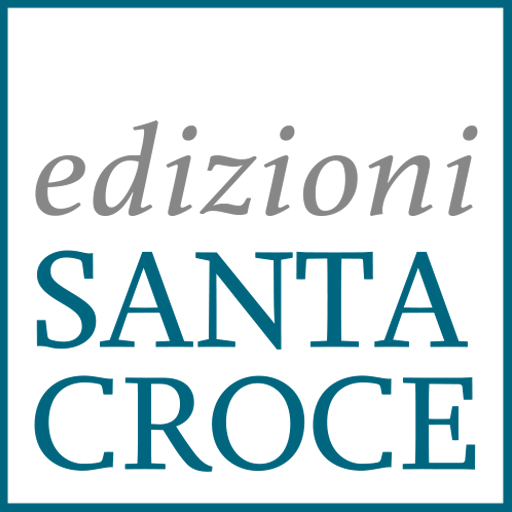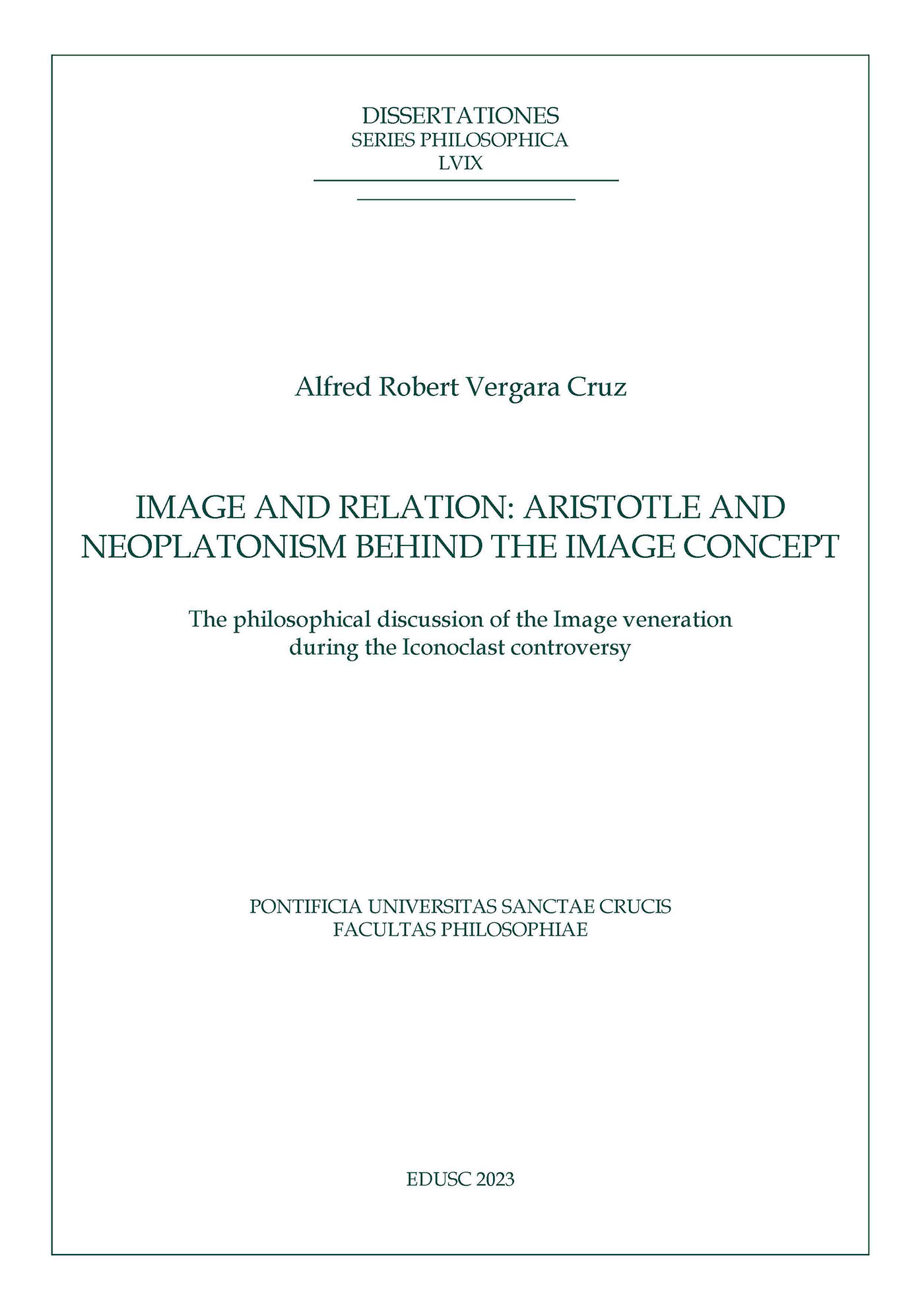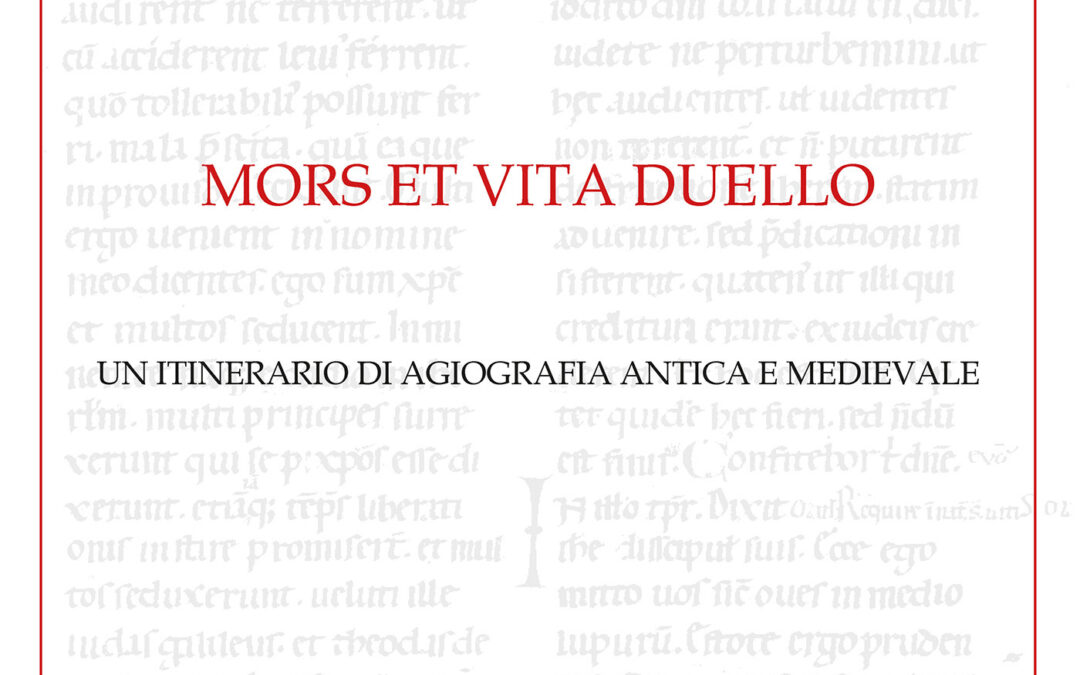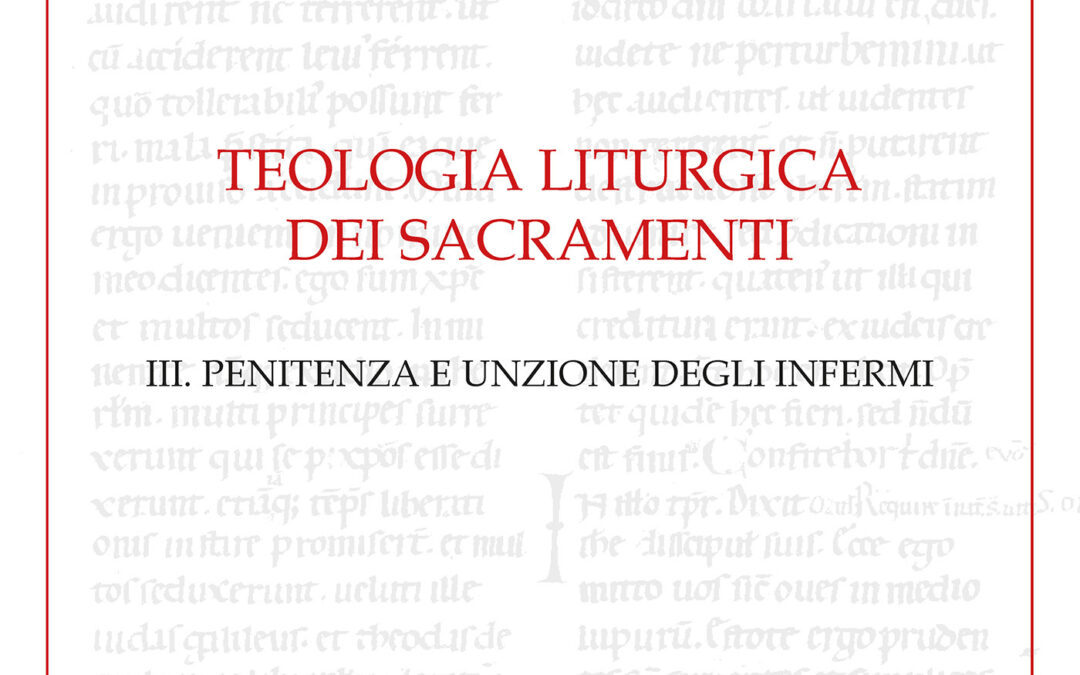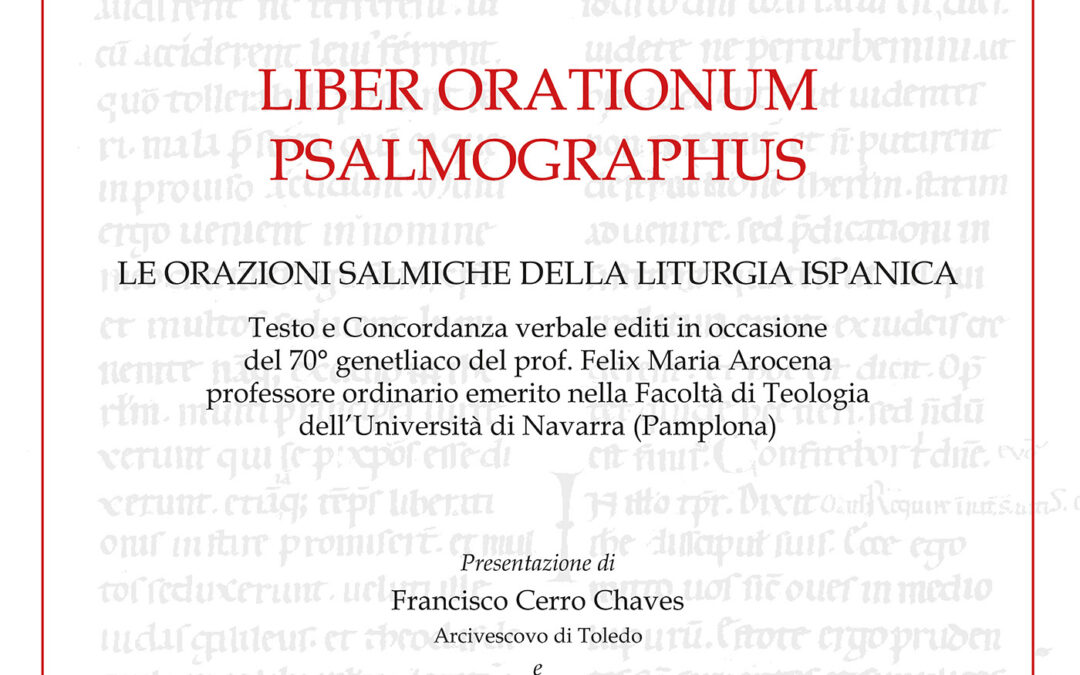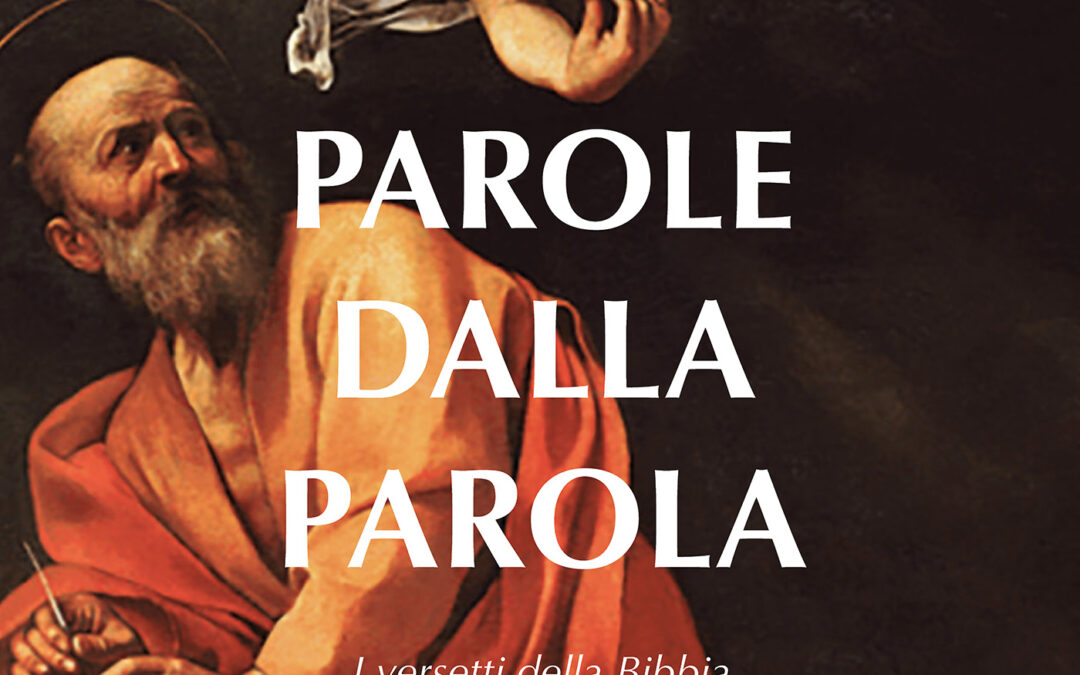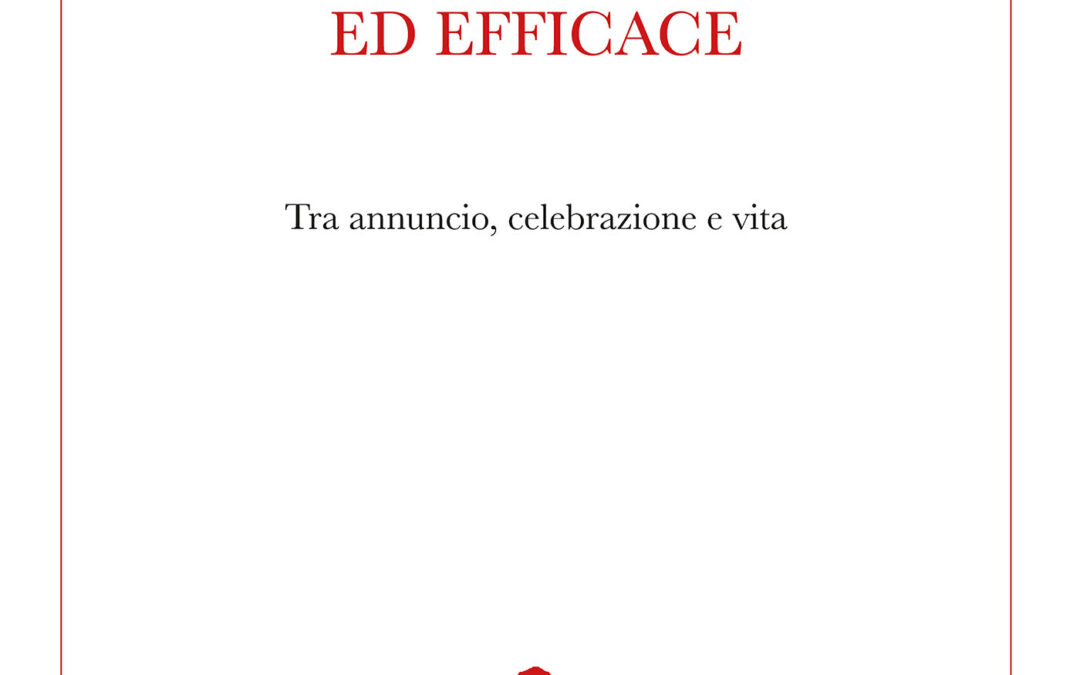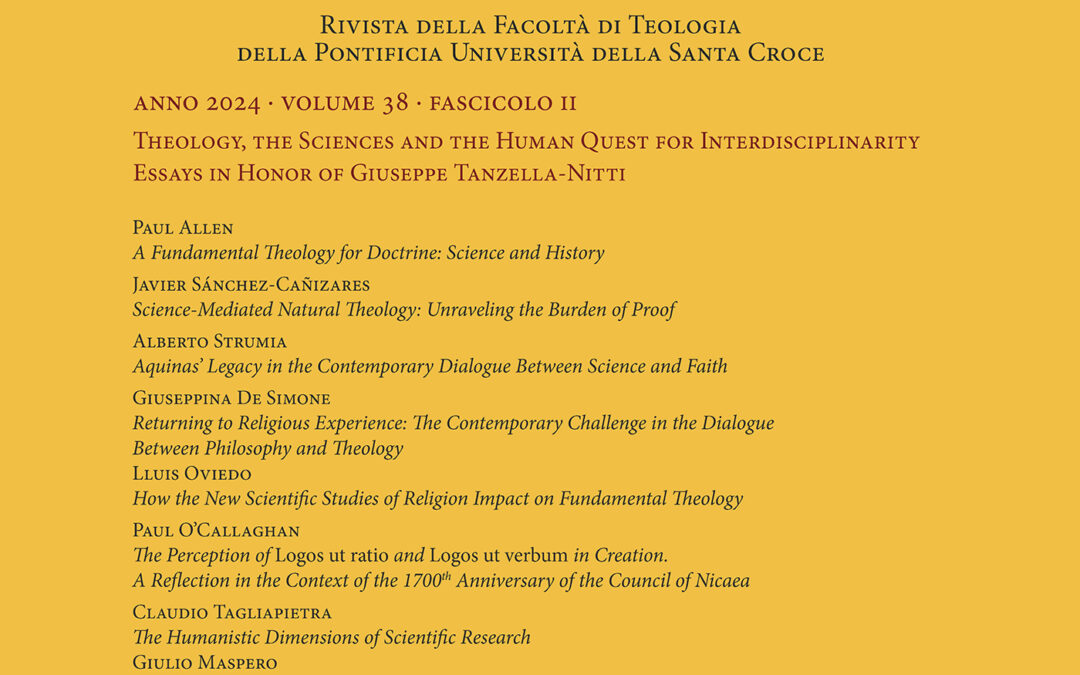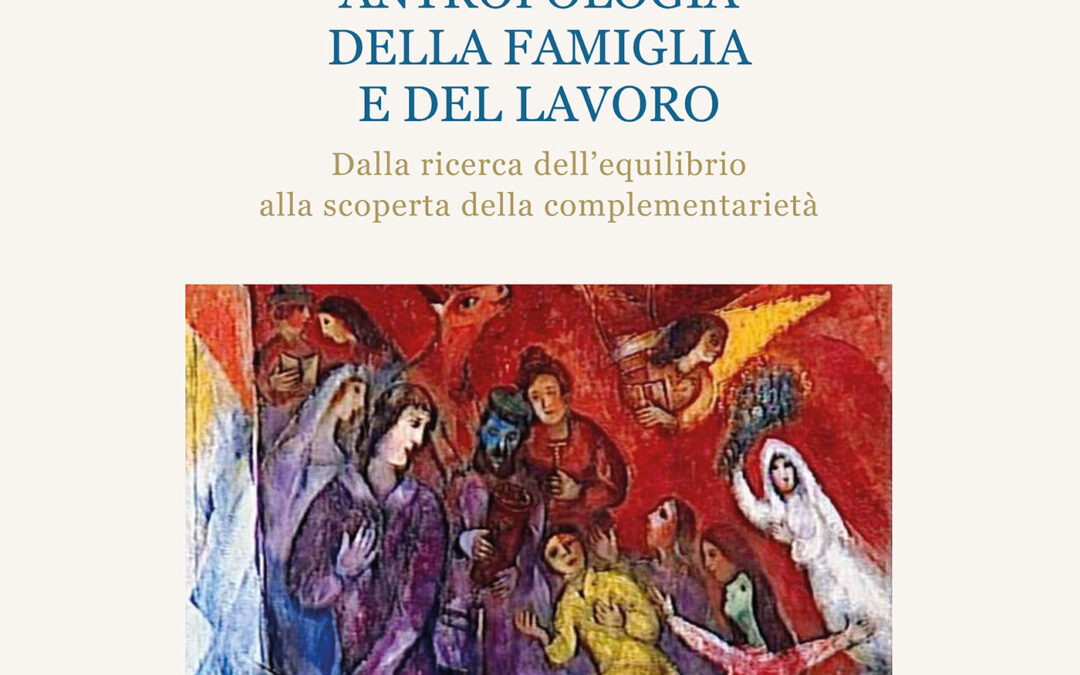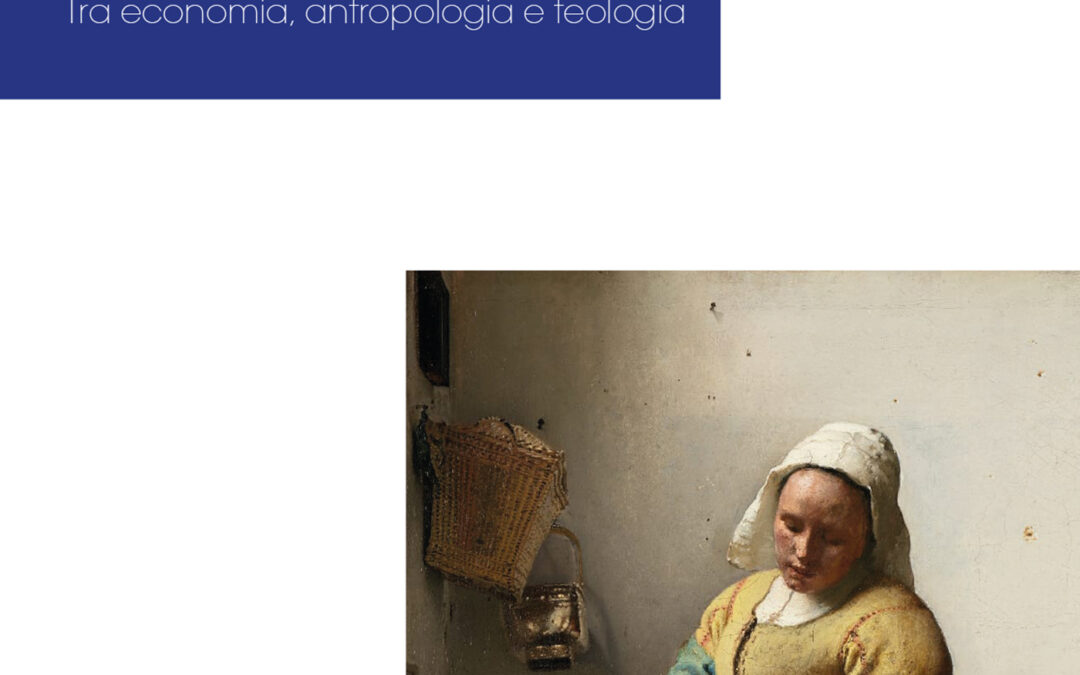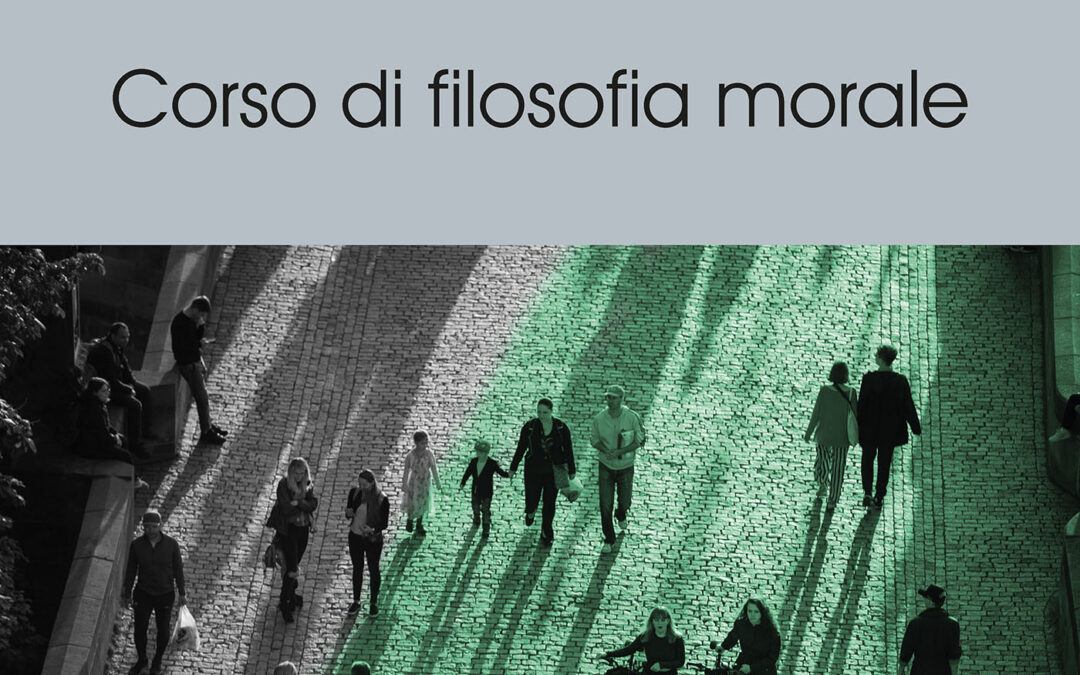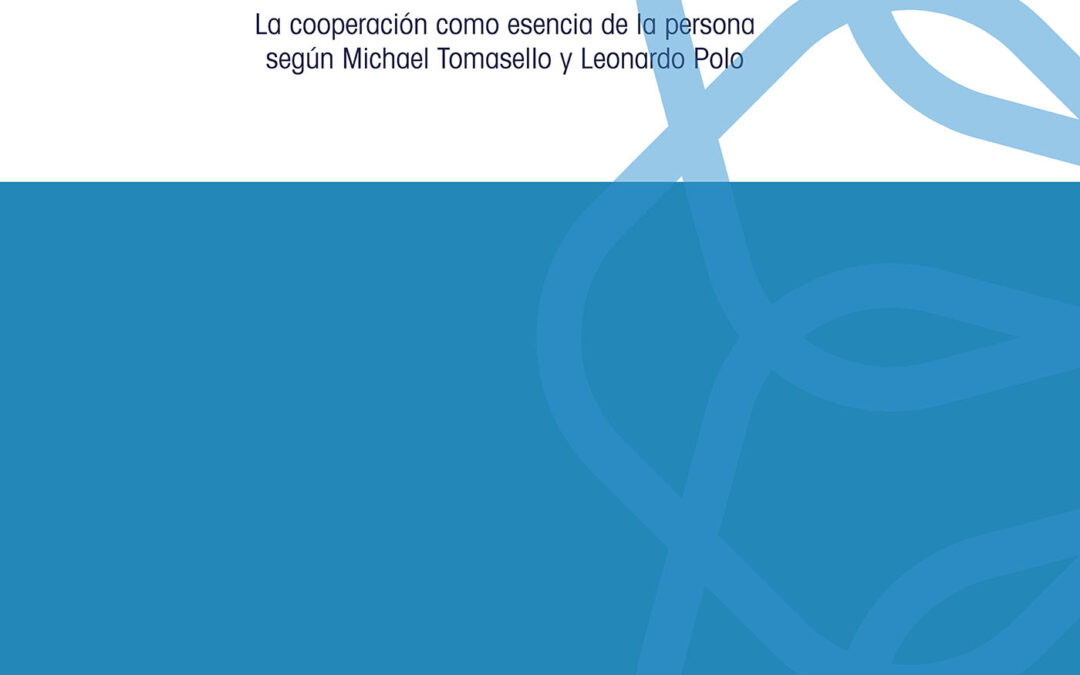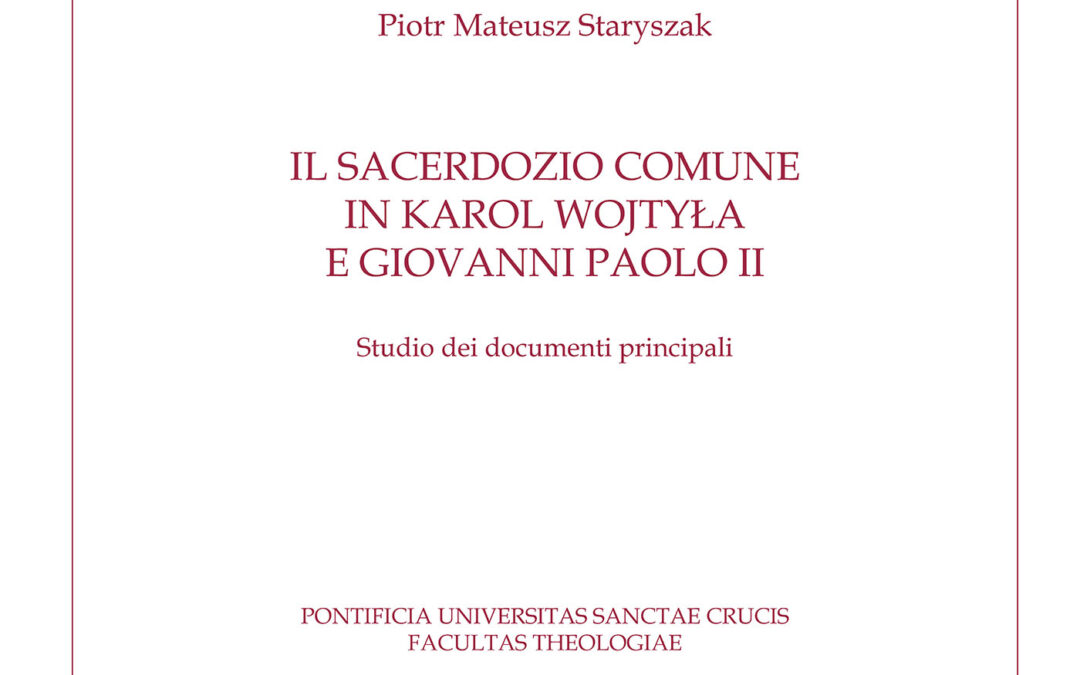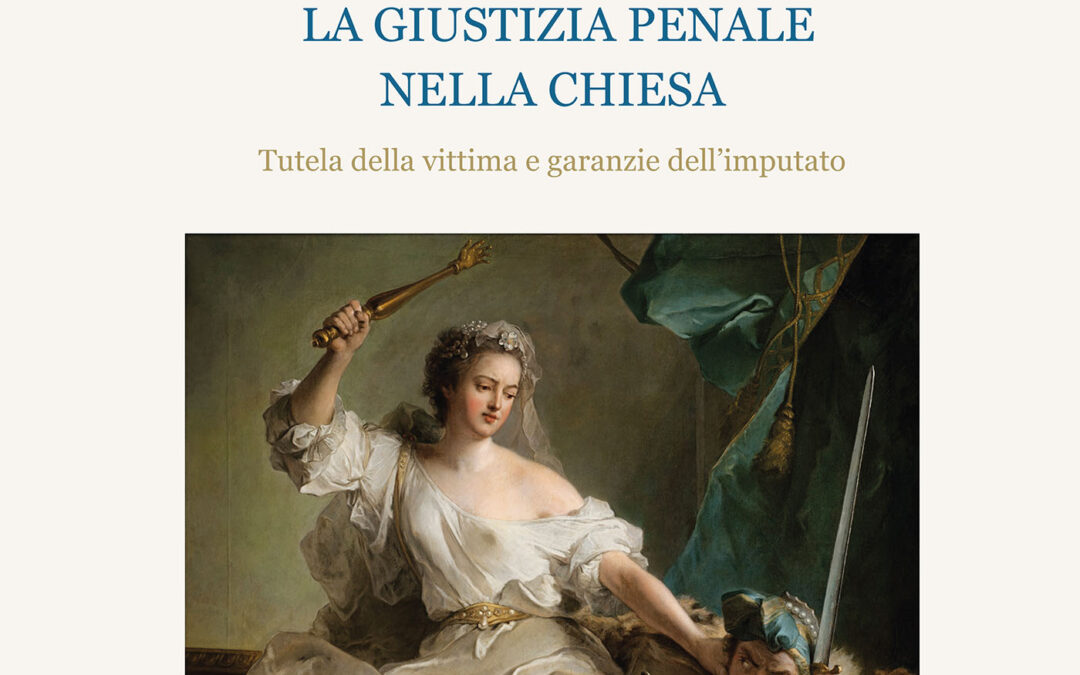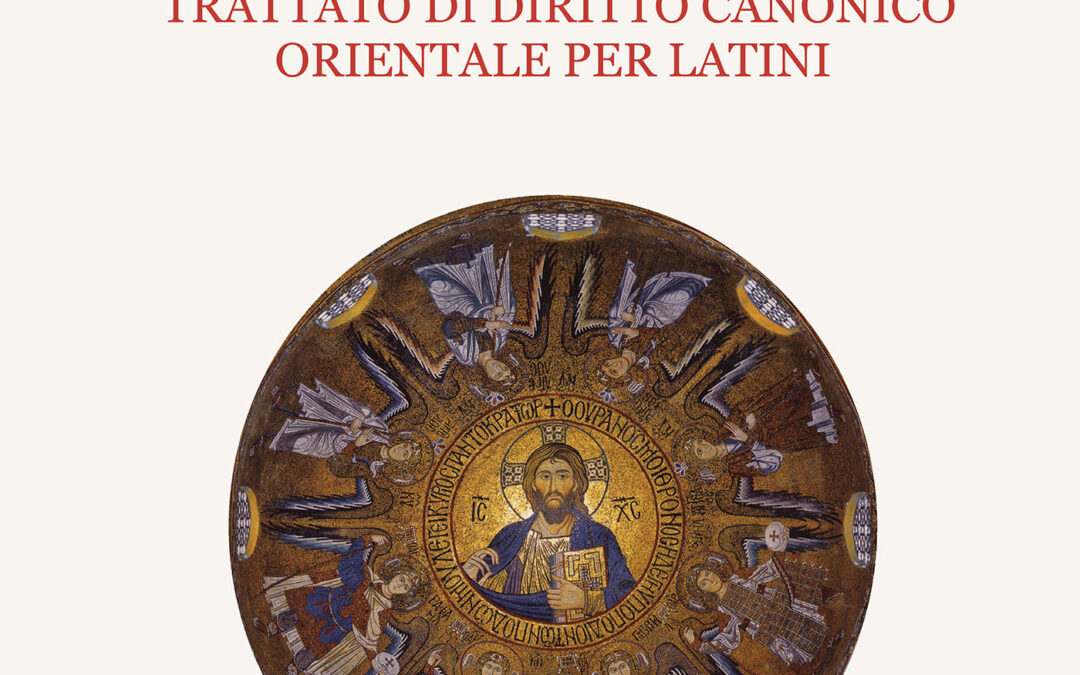The concept of the image has always held a significant place in human existence and philosophical contemplation. Beyond its artistic value, images have played a crucial role in humanity’s relationship with the divine. This connection is particularly evident in Eastern Christianity, where the veneration of images became a common practice. However, this usage also brought forth challenges, especially during Christianity’s early years, leading to the Iconoclast controversy of the eighth century. Some individuals viewed the use of images as a form of idolatry due to its roots in Greek pagan culture. Nevertheless, this controversy became an opportunity to delve deeper into the essence of the image. While theological arguments were central to the defense of images, a study of the controversy’s documents, including the arguments of prominent image defenders such as John Damascene, Nicephorus of Constantinople, and Theodore the Studite, revealed that a crucial issue lay in the different understanding of the relationship between image and prototype.
They referred to the Aristotelian category of relation, which had a history of Neoplatonic influence, to defend such relation. Rather than identifying the image with the prototype, as in the case of idolatry, they argued that the two were similar. The image served as a means to lead one to the prototype, the true object of veneration. Consequently, the consideration of the image extended beyond the theological realm and encompassed philosophical perspectives as well. This study’s findings do not pretend to reduce the concept of the image to its philosophical aspect. Within a broader context, the dominant Christian influence remains evident, resulting in a more profound and intricate relationship between the image and its prototype.
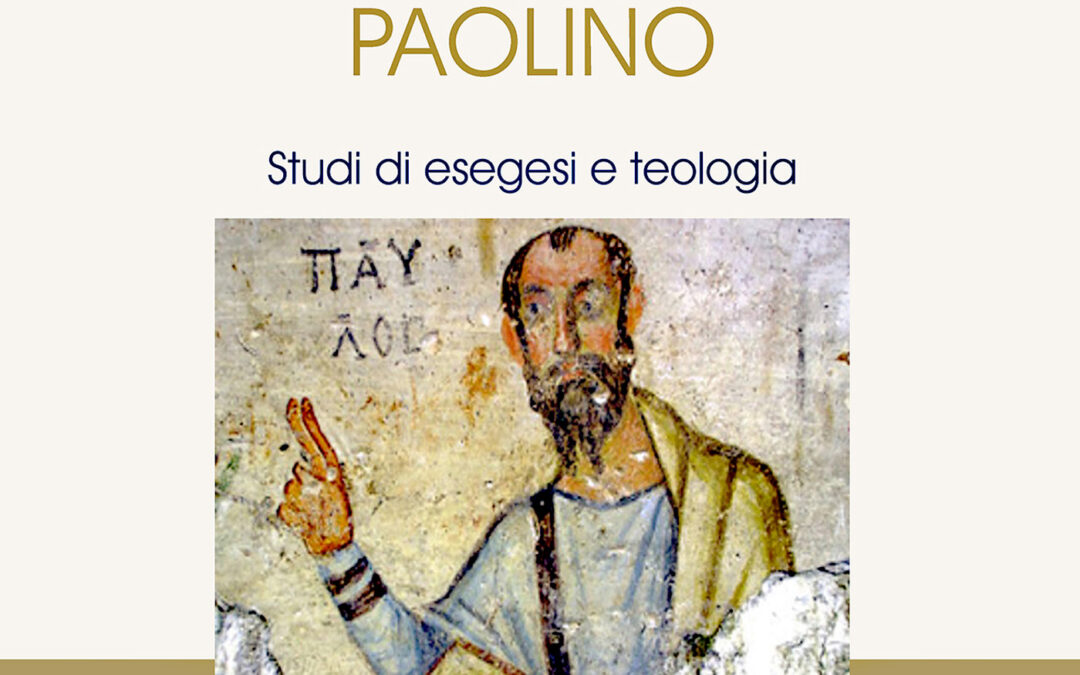
L’epistolario paolino. Studi di esegesi e teologia
Il volume raccoglie venticinque studi pubblicati negli ultimi anni (2004-2024) che trattano testi e temi dell’epistolario paolino. Per la sua finalità didattica e la sua natura antologica tale pubblicazione, senza la pretesa di essere esaustiva, mira a integrare la...
